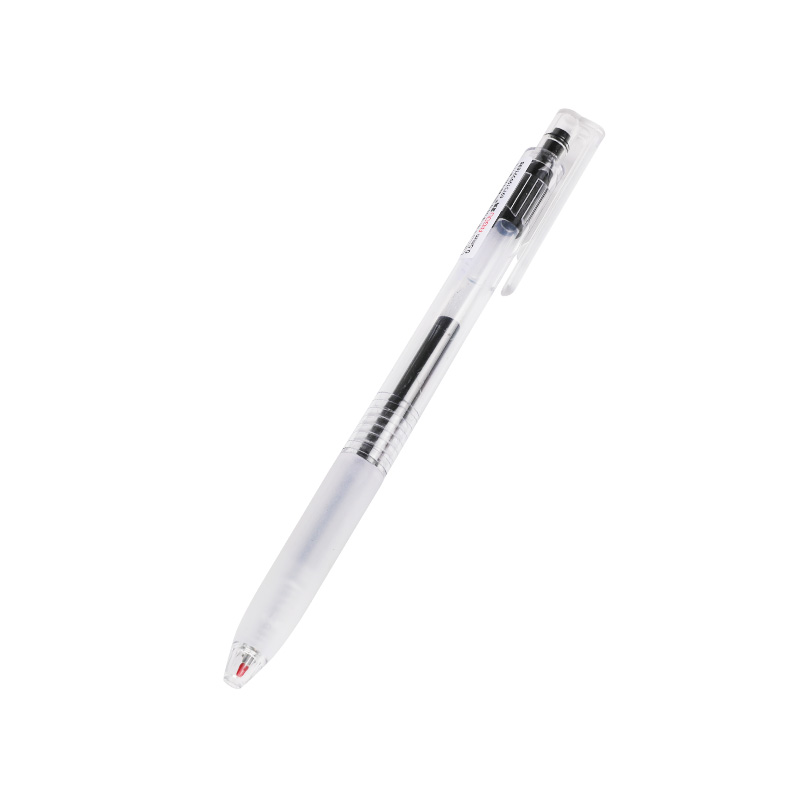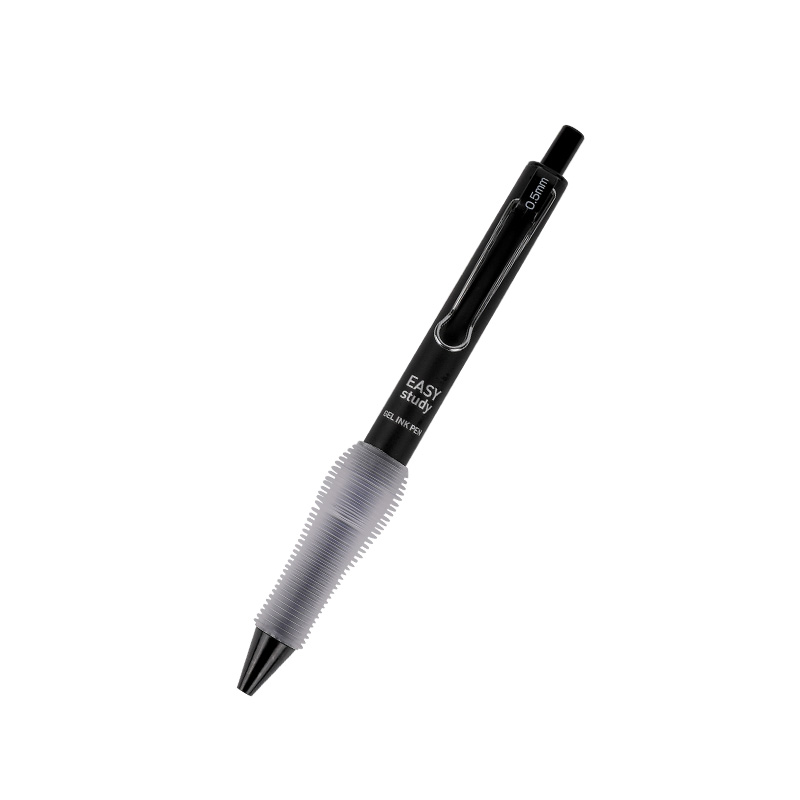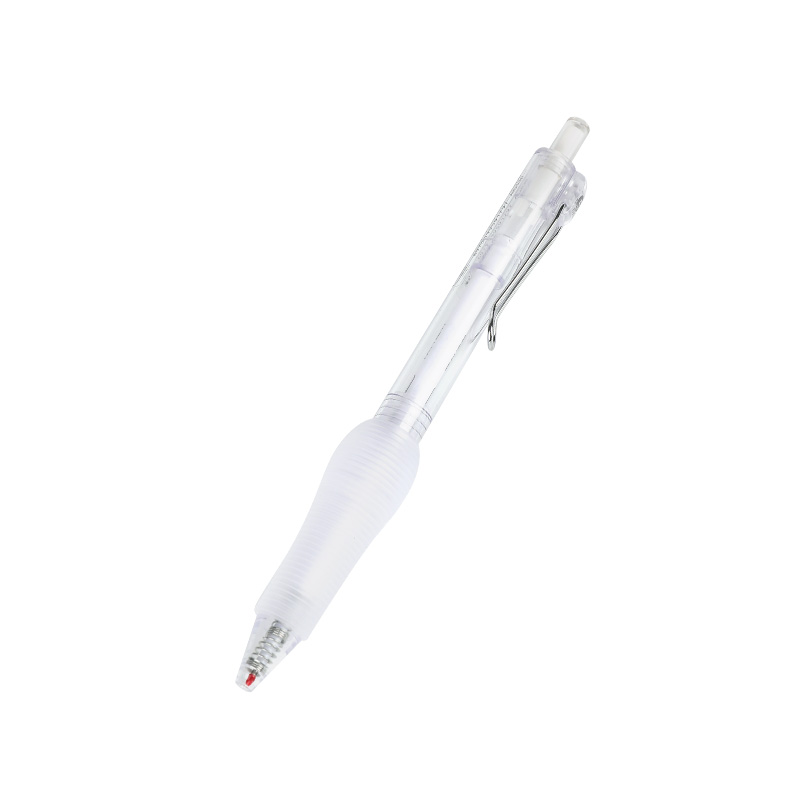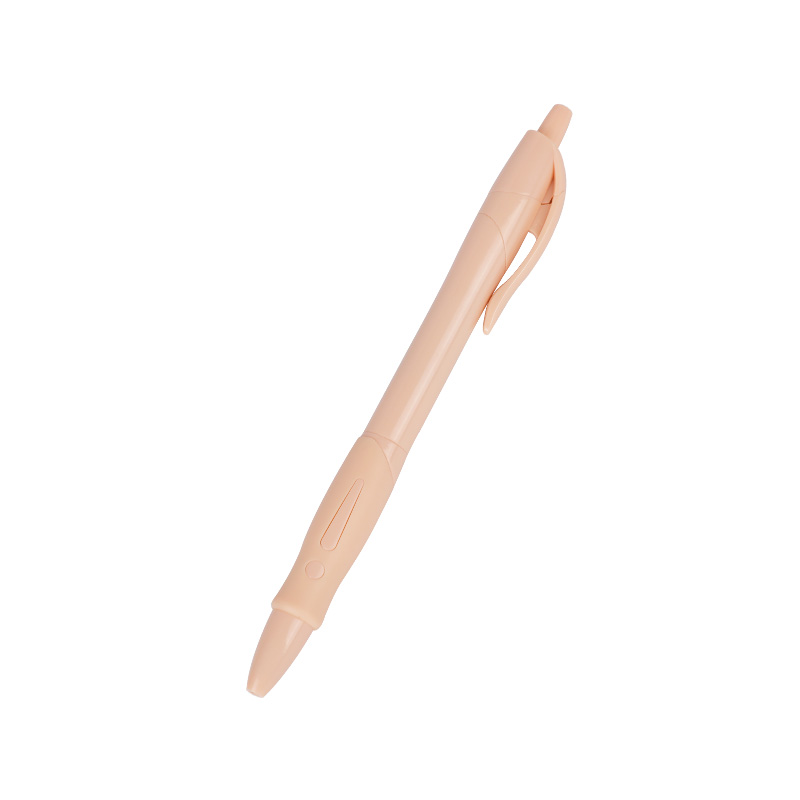How Culture Influences the Design of Rolling Ball Pens?
The seemingly ubiquitous Rolling Ball Pen, a marvel of everyday engineering, transcends its function as a mere writing tool. Its design, far from being culturally neutral, is profoundly shaped by the aesthetic sensibilities, practical demands, and symbolic values prevalent in different societies. Examining the Rolling Ball Pen through this lens reveals how culture directly influences its form, materials, and user experience.
Aesthetic Preferences: Minimalism to Opulence
Cultural aesthetics dictate the visual language of the Rolling Ball Pen. In regions valuing minimalism and understated elegance, like Japan and Scandinavia, Rolling Ball Pens often exhibit clean lines, muted colours, and uncluttered profiles. Materials like brushed aluminium, matte plastics, or sustainably sourced woods dominate. The focus is on the essential function: a reliable Rolling Ball Pen delivering a smooth line without visual distraction. The barrel might be slender, the clip subtle, reflecting an appreciation for quiet sophistication where the Rolling Ball Pen itself is a discreet companion.
Conversely, cultures favouring ornamentation and visible status see Rolling Ball Pens designed differently. In parts of the Middle East, South Asia, and segments of the luxury market globally, a Rolling Ball Pen becomes a statement piece. Intricate engravings, lacquered finishes in deep colours, precious metal accents (gold, silver), or even embedded gemstones adorn the barrel. These Rolling Ball Pens are crafted to feel substantial, visually impressive, and clearly denote prestige. Holding such a Rolling Ball Pen communicates more than the ability to write; it speaks of position and taste. The design of this type of Rolling Ball Pen prioritises visual impact and tactile luxury.
Ergonomics and Practicality: Form Following Function (and Culture)
How a Rolling Ball Pen feels and handles is heavily culturally influenced. In cultures with intricate character sets requiring precise strokes, such as East Asia (Chinese, Japanese, Korean characters), the Rolling Ball Pen often features a finer point option as standard. The grip section might be meticulously engineered for comfort during extended writing sessions, sometimes with a softer, textured material or a specific contour. The balance of the Rolling Ball Pen is crucial, ensuring control for detailed work. The ink formulation in such a Rolling Ball Pen might also be tuned for quick drying on specific paper types common in those regions.
In contrast, cultures with a stronger emphasis on quick, robust notation might favour Rolling Ball Pens with broader points, bolder ink flow, and simpler, more durable constructions. The grip might prioritise durability over intricate contouring, and the Rolling Ball Pen could be designed for reliability in varied environments. The emphasis is on a Rolling Ball Pen that performs consistently without fuss, reflecting a pragmatic approach. Weight distribution might favour a sturdier feel over delicate balance. The design of this Rolling Ball Pen prioritises dependability and ease of use in everyday, potentially rougher scenarios.
Symbolism and Material Significance
The materials chosen for a Rolling Ball Pen carry cultural weight. In Western business contexts, a metal-bodied Rolling Ball Pen, perhaps with a brushed steel or titanium finish, often conveys professionalism and durability. The Rolling Ball Pen becomes an extension of a personal brand in the corporate world. In cultures with deep craft traditions, a Rolling Ball Pen might incorporate local materials: Japanese urushi lacquer over wood, Italian marbled resins, or sustainable bamboo. These materials connect the modern Rolling Ball Pen to heritage and artisanal value, making it more than just a tool. The selection of plastic types can also reflect cultural priorities; a Rolling Ball Pen made from recycled materials signals environmental awareness valued highly in certain societies.
Furthermore, the Rolling Ball Pen can hold symbolic meaning. In some cultures, receiving a finely crafted Rolling Ball Pen marks a significant life event, like graduation or a promotion. Gifting a premium Rolling Ball Pen demonstrates respect and good wishes. The design of such a gift Rolling Ball Pen, leans towards timelessness and perceived quality, ensuring it retains its symbolic value. The presentation box for this Rolling Ball Pen also becomes part of the cultural ritual.
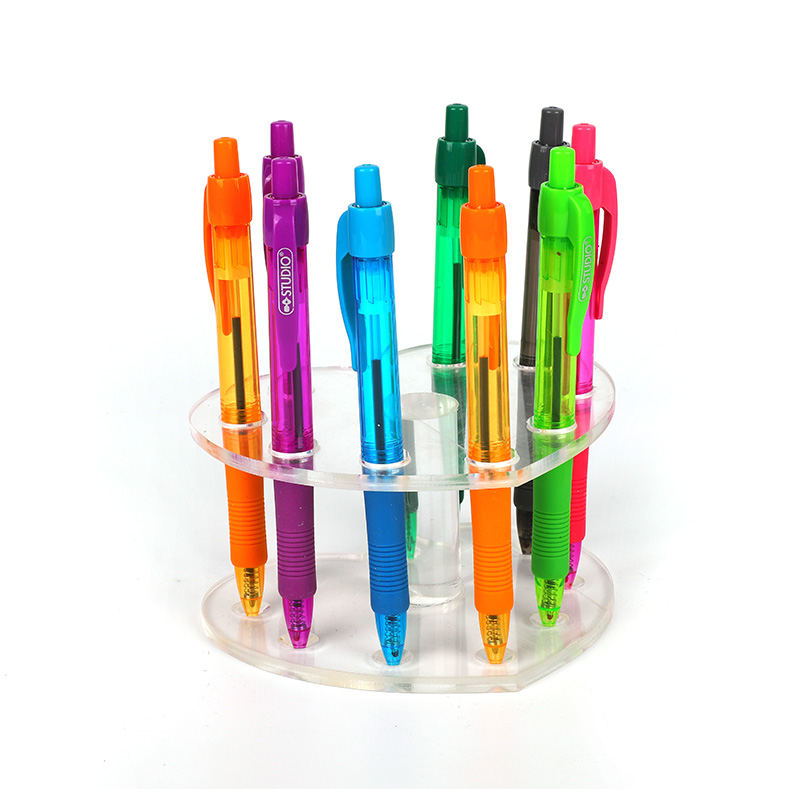
The Tip and Ink: Subtle Cultural Nuances
Even the functional core of the Rolling Ball Pen – the tip and ink – shows cultural influence. As mentioned, point size preferences vary. Ink colour conventions also differ; while blue and black dominate globally, acceptance and preference for red, green, or purple ink in a Rolling Ball Pen can be culturally specific, tied to administrative practices or taboos. Ink viscosity might be adjusted slightly for performance with prevalent paper types, influenced by regional manufacturing standards affecting how the Rolling Ball Pen deposits ink.
From the minimalist Japanese desk pen to the ornate Middle Eastern status symbol, from the fine-pointed precision instrument to the rugged everyday workhorse, the Rolling Ball Pen is a canvas upon which cultural values are inscribed. Its design is a continuous negotiation between universal writing needs and the specific aesthetic, ergonomic, material, and symbolic preferences cultivated within distinct societies. Understanding the Rolling Ball Pen, therefore, requires appreciating not just its mechanics but the rich tapestry of cultural context that shapes its physical form and perceived value. The next time you hold a Rolling Ball Pen, consider the subtle ways its design reflects a particular cultural conversation about utility, beauty, and meaning. The evolution of the Rolling Ball Pen remains intrinsically linked to the diverse human environments it serves.

